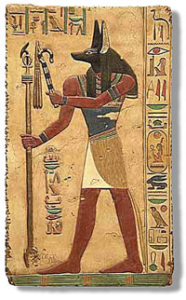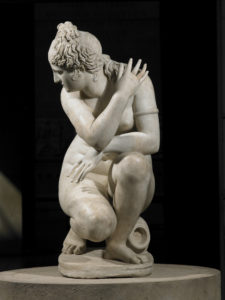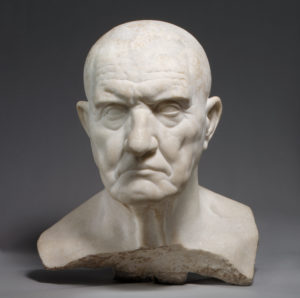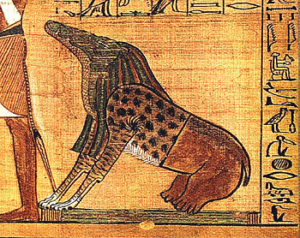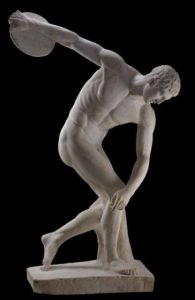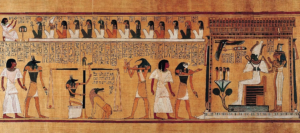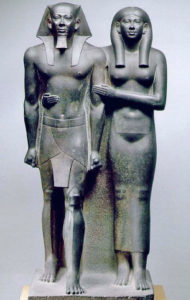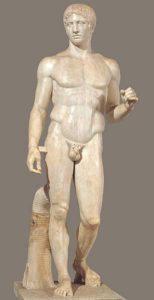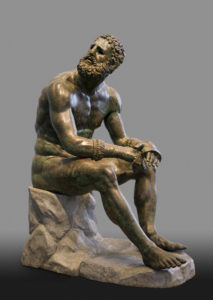In this unit, we focused on the artwork of ancient civilizations such as the Ancient Greek, Roman, Egyptian and Mesopotamia. Although there are many similarities between these ancient civilization artworks, there are also many differences. During the Ancient Egyptian period, most of the artwork is revolved around on religions, god/goddess, and place importance in animals, as time progresses to Ancient Greek and Roman period, there is more emphasis on humanism art.
Ancient Egyptian and Mesopotamian art was mainly focused on the Gods and Goddesses, and certain animals which heavily depicted around their religion. They believed in how in the afterlife the god/goddess can help guide those who passed, and the more important a person is such as a pharaoh or the more decorative their coffin is. During this period Ancient Egyptian art mostly consist of statues, tablets, amulets, little trinkets with animals such as the hippopotami, baboons, calves, cats, dogs and more. Most of the Egyptian artworks were made to appease towards the afterlife, and there is a heavy emphasis on using gold, and colors that reflect with their belief. Although these some of the Egyptian pieces may have resembled humanism features, they were more oriented towards religious belief.
In Roman art, they place heavy emphasis on bronze, metal, marble, glass…etc, and they also believe their art is not the depiction of an idealized man, but it was the depiction of a man in the truest sense, which is called Roman Portraiture. The Roman Portraiture also features an accurate portrayal of a person’s face, and appreciate older face because it reflects on wisdom gained through long hard years. An example of that is the Roman marble sculpture of a man head. A bust is an old man with wrinkles, and this portrays the realism and humanism in their art. The Romans also took inspirations from the Greeks, and many of their artwork are forms for sculptures, architectures, paintings, and mosaics.
Ancient Greece is the most similar to Egyptian arts because of the emphasis a lot of god/goddess, although that is mostly where their similarities end. While the Egyptians display harsh and fierce looks on their statues/sculptures, the Grecians have a more softer and feminine feature. The Greek artwork also had a more philosophical and idealistic approach towards their art and sculptures. The Ancient Greek sculpture also shows a dominant male with feminine characteristics with no harsh features, and although the Ancient Greek art likes to show a more feminine feature for their sculpture, they also put a humanism twist by making the body portions and features manly and accurate.
